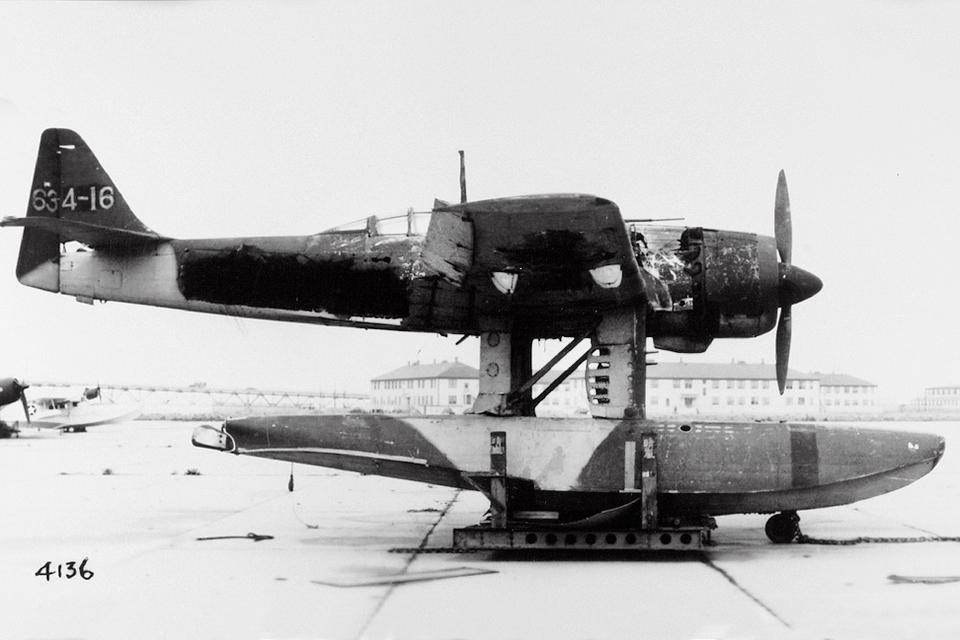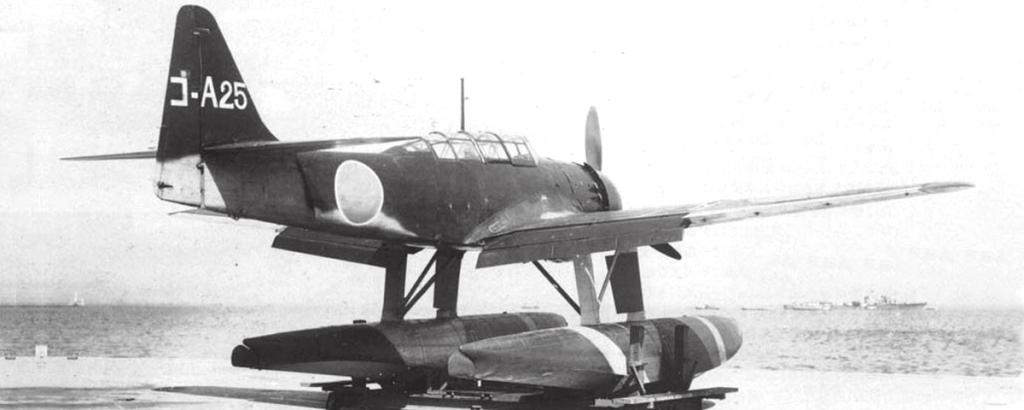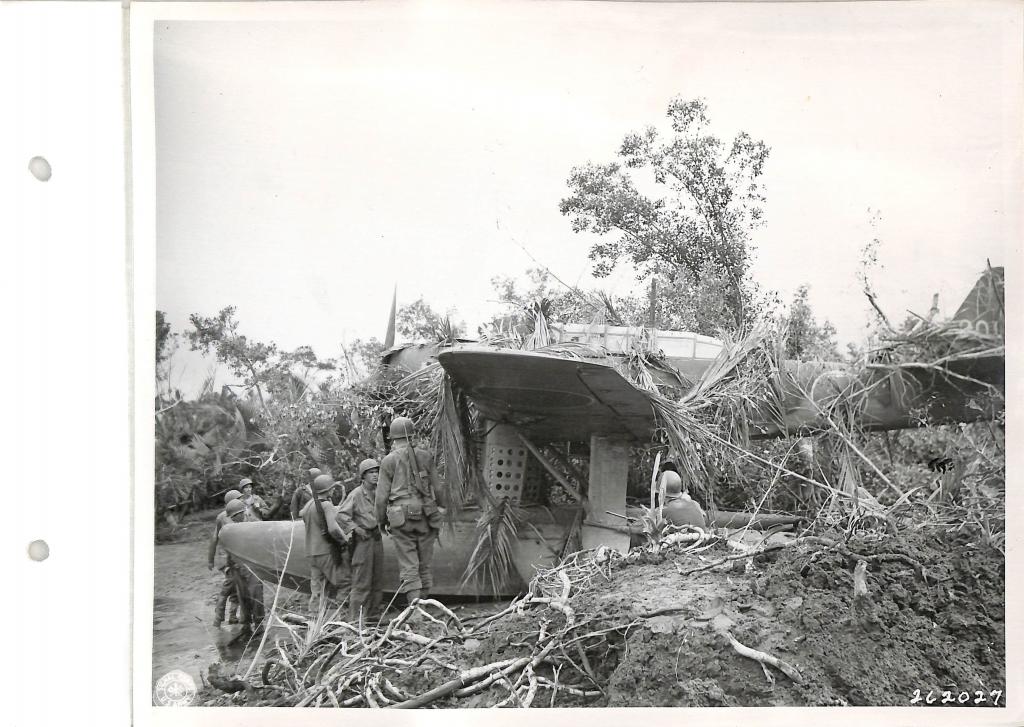-
Contributing Member


8 Sept 2023 Garand Picture of the Day
Last edited by Mark in Rochester; 09-05-2023 at 08:24 PM.
He is no fool who gives what he cannot keep to gain that which he cannot lose
There are no great men, only great challenges that ordinary men are forced by circumstances to meet.
-
The Following 17 Members Say Thank You to Mark in Rochester For This Useful Post:
25-5,
30-06_mike,
42rocker,
Bill Hollinger,
Bob Womack,
CINDERS,
fjruple,
Flying10uk,
frankderrico,
HOOKED ON HISTORY,
Jonzie,
lgr1613,
Low & Slow,
Ovidio,
RAM1ALASKA,
RCS,
Zeke55
-
09-05-2023 08:22 PM
# ADS
Friends and Sponsors

-
Advisory Panel


That has to be one of the absolute rarest aircraft there is or was. The Japanese floatplanes. I'm pretty sure this is the one with dive brakes seen here...
floatplanes. I'm pretty sure this is the one with dive brakes seen here...
The Aichi E16A Zuiun (Auspicious Cloud) Allied reporting name 'Paul', was a two-seat reconnaissance seaplane operated by the Imperial Japanese Navy during World War II. It was a conventional, low-wing monoplane equipped with two floats and had the unusual (for a seaplane) feature of being equipped with dive brakes, located in the front legs of the float struts, to allow it to operate in a secondary role as a dive bomber.
-
The Following 9 Members Say Thank You to browningautorifle For This Useful Post:
-
-
Contributing Member


I'd hate to guess how hard it would be to pull out that plane from a near vertical dive plus the guts to be dive bombing a ship in the fleet with the amount of iron that would be slung at you in doing so.
-
Thank You to CINDERS For This Useful Post:
-
Contributing Member



This captured Aichi E16A1, shows the ingenious folding dive brakes mounted on the forward struts that attach the aircraft to its floats. The Japanese navy, reflecting its satisfaction with the E13A1, drew up a new specification based on Aichi’s design early in 1941. Work proceeded apace, and in May 1942 the first of three prototypes made its maiden test flight. At that point, the AM-22 hit its first snag when its test pilot reported instability in flight and buffeting from the dive brakes. It took the Aichi team 15 months of redesigning to resolve those problems, but in August 1943 the navy finally accepted the plane for production as the E16A1 reconnaissance seaplane Model 11, nicknamed Zuiun, or “auspicious cloud.” The Allies code-named it “Paul.”
navy, reflecting its satisfaction with the E13A1, drew up a new specification based on Aichi’s design early in 1941. Work proceeded apace, and in May 1942 the first of three prototypes made its maiden test flight. At that point, the AM-22 hit its first snag when its test pilot reported instability in flight and buffeting from the dive brakes. It took the Aichi team 15 months of redesigning to resolve those problems, but in August 1943 the navy finally accepted the plane for production as the E16A1 reconnaissance seaplane Model 11, nicknamed Zuiun, or “auspicious cloud.” The Allies code-named it “Paul.”
Japan’s Floatplane Dive Bomber
The E16A1 was all metal, save for the tail-plane and wingtips, which were made of wood, and fabric-covered control surfaces. In addition to the strut-mounted dive brakes— which were solid on early aircraft but perforated with multiple holes or quintuple slots in later models—the wings had conventional Fowler-type trailing-edge flaps and could be folded for shipboard storage. Each of the single-step floats featured a rudder.

He is no fool who gives what he cannot keep to gain that which he cannot lose
There are no great men, only great challenges that ordinary men are forced by circumstances to meet.
-
The Following 6 Members Say Thank You to Mark in Rochester For This Useful Post:
on Leyte Island, P. I., left this seaplane intact near Ormoc 7 Dec, 1944
Information
















 PM
PM










